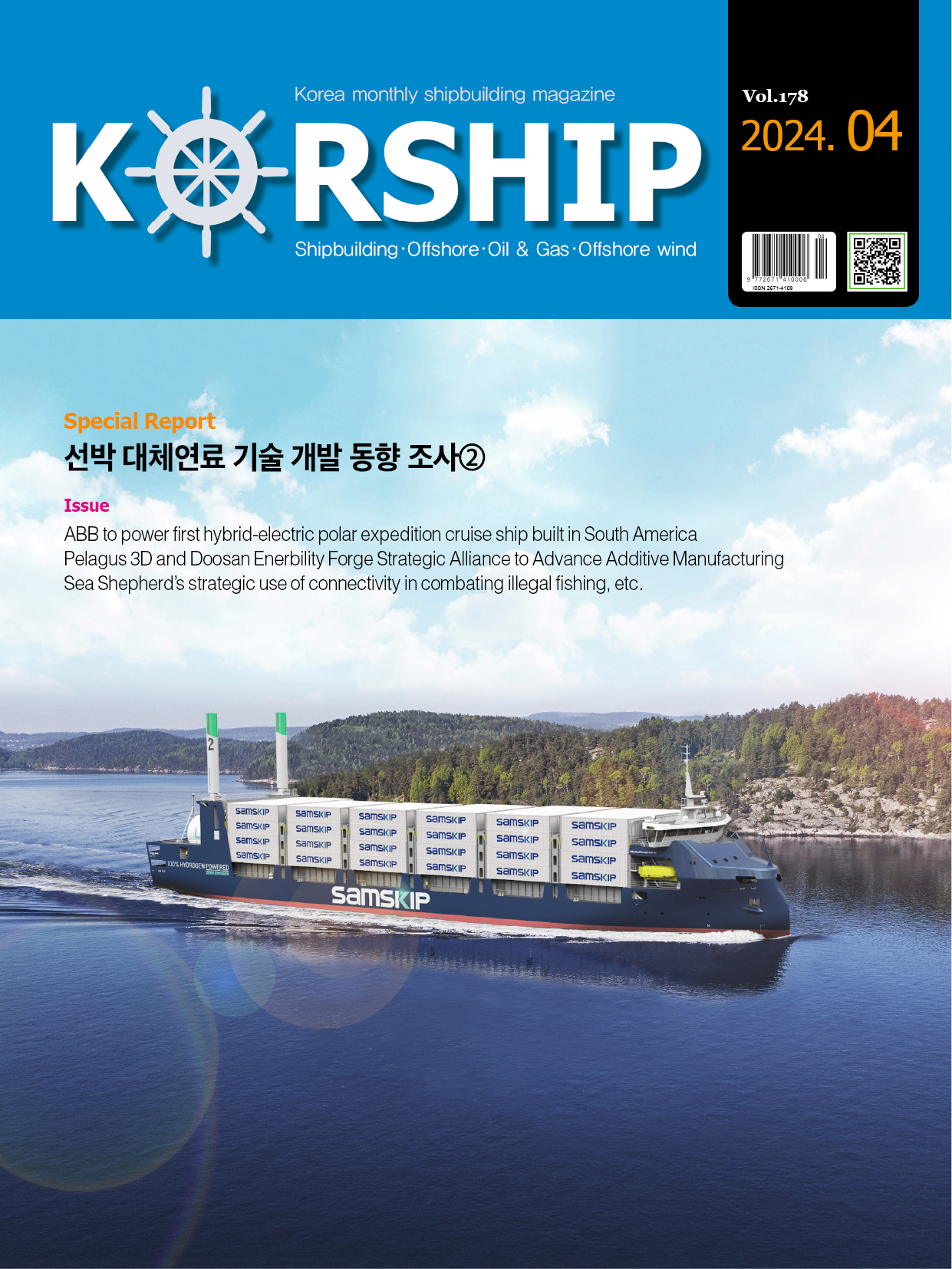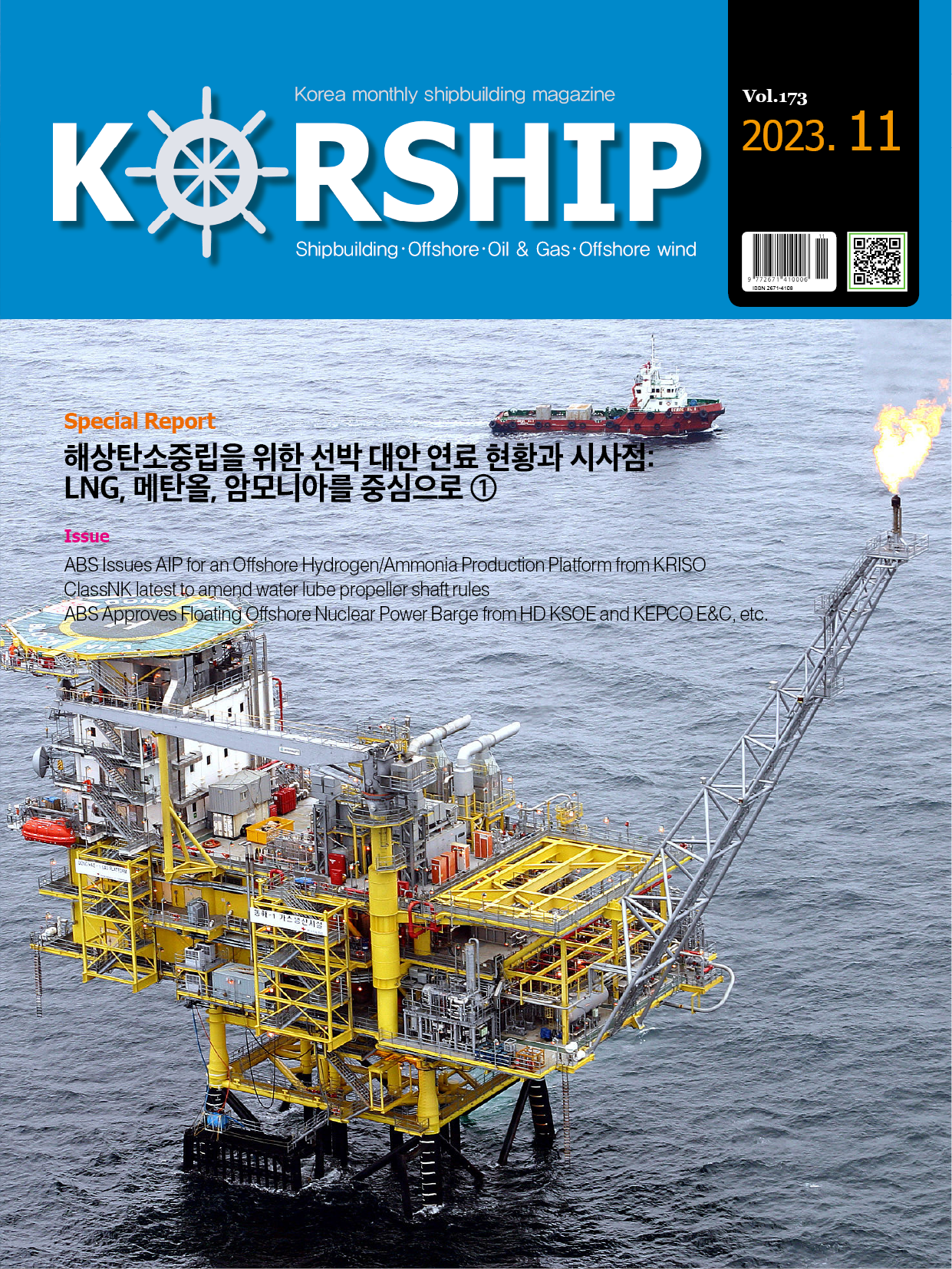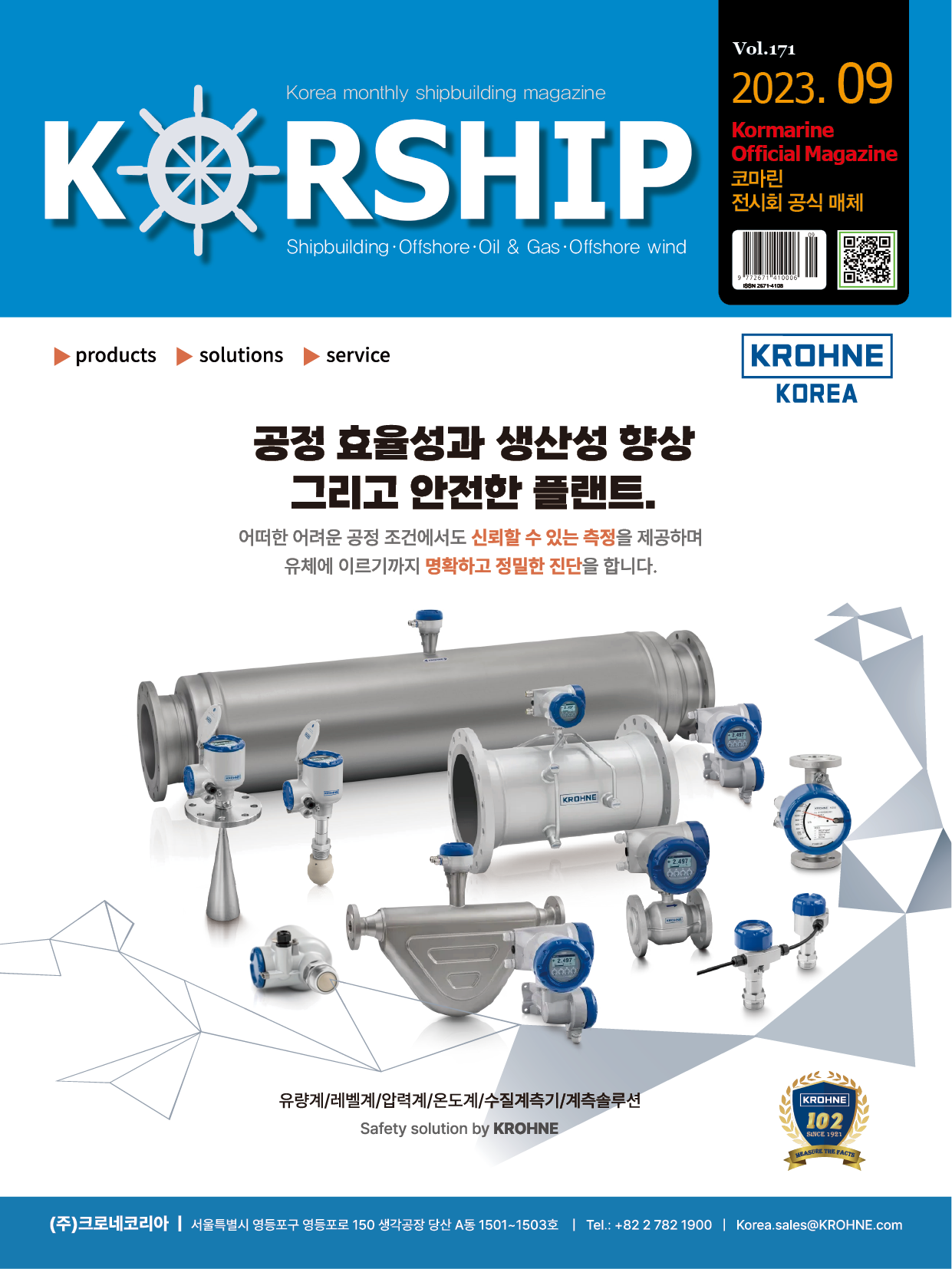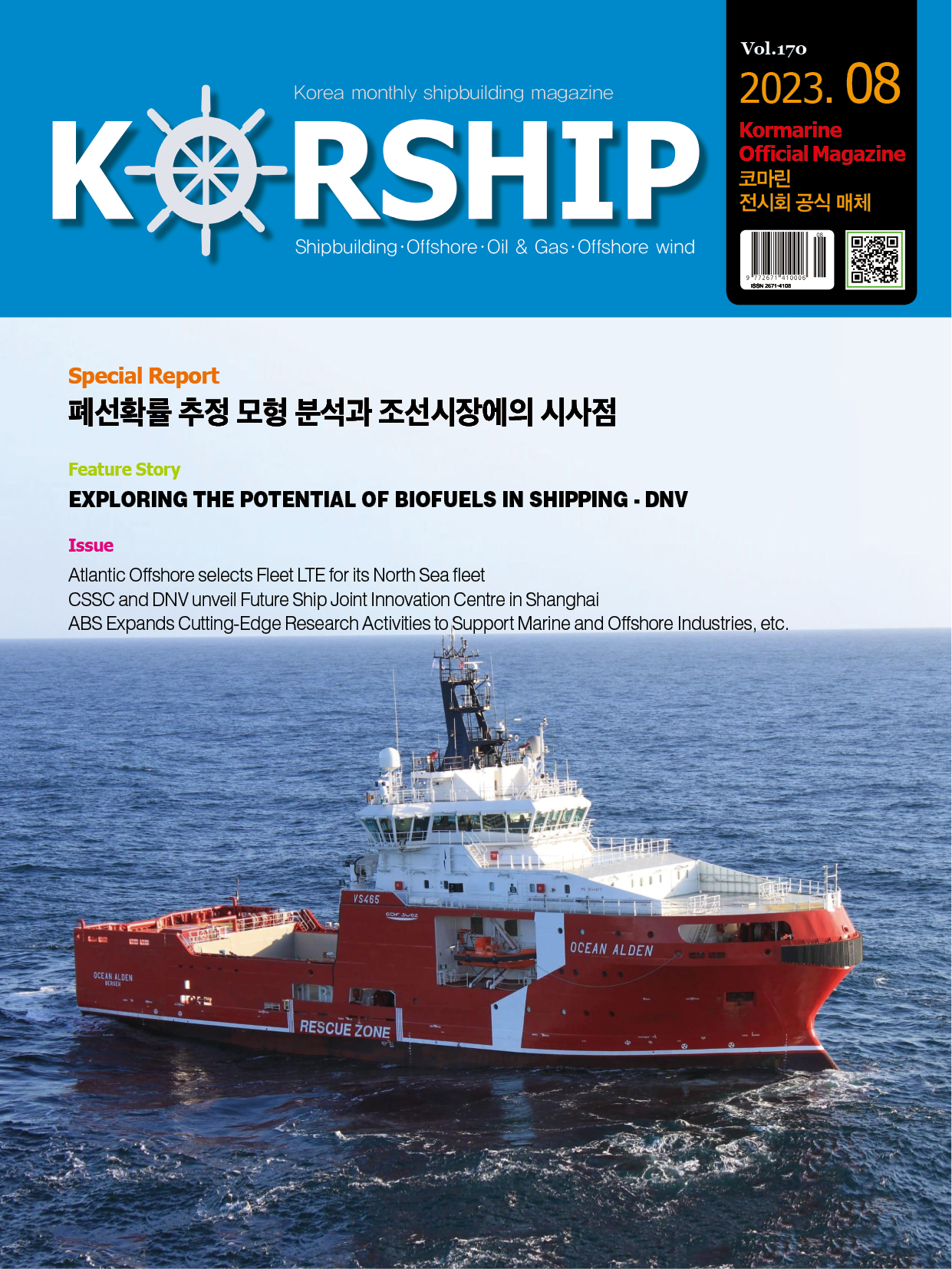Feature Story HYDROGEN BOOM: MINIMISE HAZARDS, MAXIMISE SAFETY
페이지 정보
작성자 최고관리자 댓글 0건 조회 180회 작성일 24-02-15 15:34본문
In the course of global efforts to limit the use of fossils more and more, hydrogen is becoming increasingly important as an energy carrier and as a feedstock for synthetic fuels and chemicals. Hydrogen has a number of properties that make it appear very suitable for these roles. However, the old adage also applies here: “There is no such thing as a free lunch.” Although hydrogen is by far the most abundant element in the universe, it is almost entirely found on Earth in a bound form such as water(H2O). The extraction from these compounds, for example by electrolysis, is associated with energy losses, just like all subsequent conversion steps within the value chain. As a result, the overall efficiency of hydrogen technologies will not exceed 30% in the near future.
CHALLENGES WHEN DEALING WITH HYDROGEN
From a safety perspective, the explosion hazard associated with hydrogen stands out. It’s extremely low ignition energy and the tendency to change from deflagration to the much more dangerous and destructive detonation due to the very high combustion speed are representative here. Other sources of danger are the special physical states in which the hydrogen has to be transported and stored due to its low volumetric energy density.
This occurs mainly as a highly compressed gas with pressures of up to 1000 bar or as a cryogenic liquid with temperatures below -252 °C. Both conditions - high pressure and cryonic temperatures - pose potential risks for the people who have to handle the hydrogen. If, in addition to the hazards mentioned, one also considers the difficulty of storing hydrogen safely and in the long term in containers such as tanks, pipelines or reactors and the issue of material embrittlement, then it becomes clear that the new shooting star among industrial gases must be treated with a great deal of respect.
Now, the use of hydrogen in industry is by no means new. Currently, more than 80 million tons of it are produced globally and used mainly in refineries and for fertilizer(ammonia) and methanol production. There is no information about clusters of explosions or other accidental events in these plants. The concepts for the safe handling of hydrogen in these plants appear to be working well. So far so good. Now, however, numerous new applications of hydrogen will be added in the future. Annual hydrogen production is expected to reach 500 million tons by 2050! And in the majority of cases, these new applications will no longer automatically take place in process plants that are well separated from the public, under the supervision and execution of specially trained personnel, but in the vicinity of lay people, in the public.
Just look at the new use cases: hydrogen-powered ships, trains, automobiles, forklifts; fuel cells for supplying buildings; hydrogen use for the direct reduction of iron ore in steel works or in cement production etc. All areas that in the past had very little or nothing to do with the hydrogen-specific hazards. It is therefore important here to develop extended and modified safety standards based on the proven safety concepts of the chemical and petrochemical industry and other areas and to make them accessible to the public.
HYDROGEN: ON THE WAY TO A SAFE ENERGY SOURCE
The US-space agency NASA is an organisation that has been able to gather extensive experience in dealing with hydrogen and the associated dangers for many decades. Many readers will still remember the tragic fate of the crew of the Space Shuttle Challenger, who died in 1986 when the hydrogen tanks of the rocket exploded. In the technical specification ISO/TR 15916, a report by NASA(Ordin, P.M.: Review of Hydrogen accidents and incidents in NASA Operation, 1974) is dealt with in detail, in which the causes of accidents in the handling of hydrogen were systematically examined and evaluated. It turned out that over 85% of all accidents were due to human error. These could be misunderstood procedural instructions, operating errors, design errors or planning errors. Other studies confirm this tendency.
The main conclusions from these investigations were:
- The number of potential human errors in handling hydrogen must be minimised and
- The safety systems of hydrogen technologies must be designed so robustly that they function reliably even in the event of human error.
The second requirement is implemented within the framework of international product and system standardisation at ISO and IEC. Examples include ISO 22734 for electrolysers, ISO 19880 for filling stations and IEC 62282 for fuel cells. Here it is important to transfer these standards quickly and without significant changes to the respective national and European standards. How well this can work and how positive it is for the level of safety can be seen from the example of general explosion protection.
The correct information of all persons involved in the hydrogen technologies is essential for the first requirement. Adequate risk awareness for handling hydrogen must be created through targeted training and advice, and skills for the selection and implementation of suitable methods for reducing specific risks must be imparted. For example, there are special courses at universities or training courses by Recognized Training Providers(RTP) under the IECEx system.
■ Contact: R. STAHL www.r-stahl.com
- 이전글WinGD, 암모니아 추진선 개발을 위해 알파라발과 협력 24.02.15
- 다음글Addressing methane slip in LNG-burning four-stroke Otto-cycle engines 24.02.15









